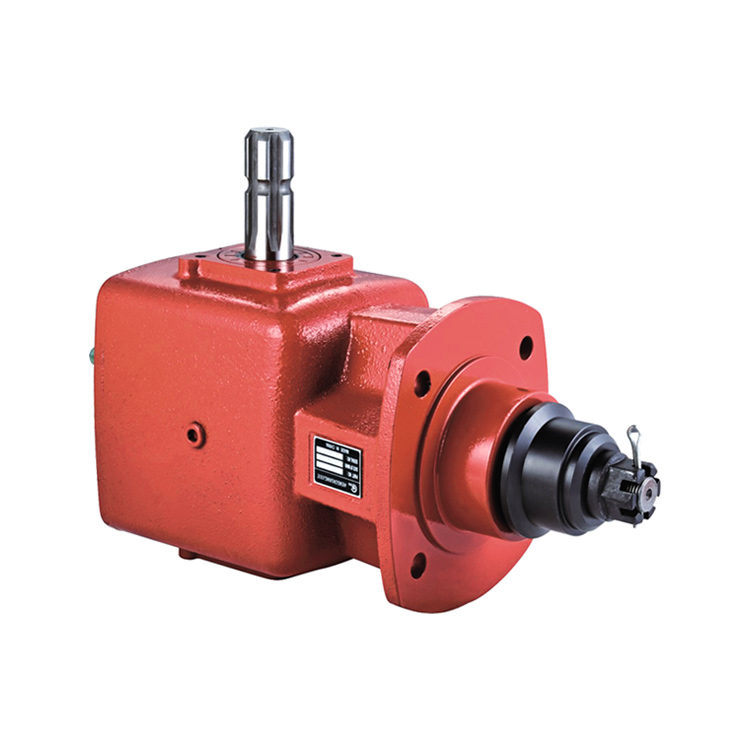There are three specific analysis and diagnosis methods for vibration fault detection of gearboxes.
1. Time Domain Average Method
The principle is to eliminate noise interference in the detection signal. The key points of applying this method to fault analysis are: ① There must be two detection signals, one is the vibration signal, and the other is the time scale signal of the shaft rotation; ② Smooth filtering; ③ If necessary To monitor each gear in the transmission chain, the time scale needs to be replaced according to the cycle of each gear.
2. Spectrum analysis method
Perform spectrum analysis on the measured gear acceleration signal, and look at the gear meshing frequency and the amplitude changes of each order harmonic from the spectrum chart to determine the fault.
3. Cepstrum analysis method
The cepstrum method has unique advantages in the analysis of gear fault sidebands. Its main feature is that it is very little affected by the transmission path. The ambiguous information in the power spectrum is clear in the cepstrum, and the cepstrum can The periodic components on the power spectrum can be better detected and quantified.
4. Other analysis methods
The above methods are common methods for gearbox fault detection, but simply applying these methods is not enough. This is because the impact of local faults on the vibration of the gearbox is often short-lived and pulse-like, which not only changes the amplitude of the vibration signal, but also changes the amplitude of the vibration signal. It also causes sudden changes in the signal phase. Therefore, we must pay attention to the phase signal and apply timing models, frequency mediation and other methods to solve it.

Post time: Jan-16-2024
